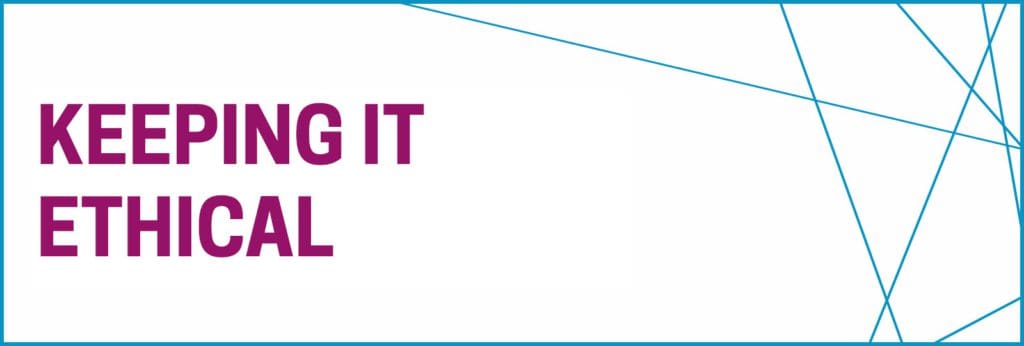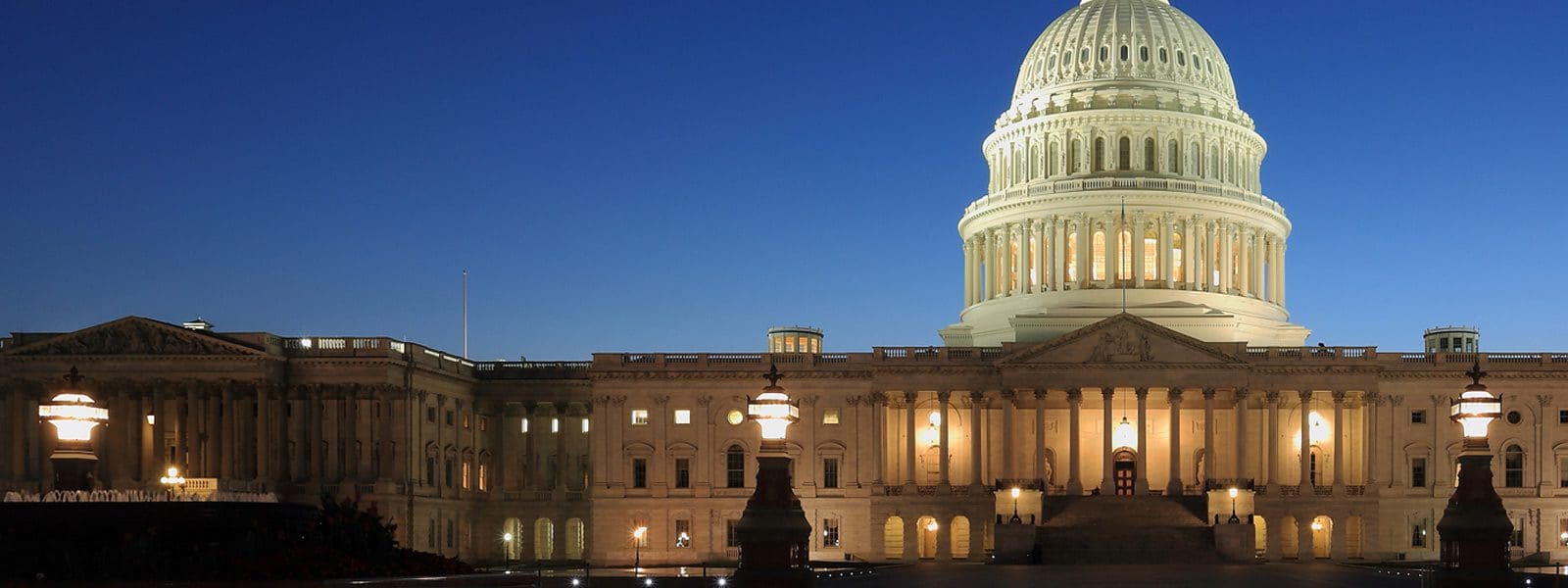Keeping it Ethical is our weekly blog series highlighting the 33 Principles for Good Governance and Ethical Practice. Throughout the series, we hope to highlight the importance of each Principle, the helpful resources associated with it, and learn more from you about how you’ve incorporated these Principles into your charitable organization.
If you watch any TV (or are forced to sit through video ads on YouTube), then chances are you’ve met Allstate’s Mayhem, a fictional character that causes chaos that only insurance policies can fix. What you might not realize is that nonprofit boards should be ready for real-life mayhem, too.

What if a natural or manmade disaster causes structural damage to your organization’s building, or the loss of electronic or print data? Who’s responsible for making sure that your property, documents, and data are covered against damage or loss?
In fact, it is your board’s responsibility to ensure that your organization has adequate plans in place to protect its assets — including the physical structure, documents and data, financial and human resources, programmatic content and materials, and your organization’s integrity and reputation.
What’s included in your board’s asset-protection responsibilities? Things like:
- Establishing the organization’s level of risk tolerance for its finances, operations, and reputation, paying attention to strong financial oversight and responsible fundraising
- Ensuring that a privacy policy is in place that informs donors, employees, volunteers, clients, and consumers of goods and services what kind of data is collected about them, how it will be used and kept secure, and how individuals should inform the organization if they prefer that their information not be shared
- Instituting emergency preparedness and disaster response plans regarding natural or manmade disasters or other crises that may affect families, programs, and operations
- Having written personnel policies that conform to federal and state laws that reflect the organization’s values
Remember — board members may be personally liable for fines and other penalties resulting from certain legal violations. So, it’s vital that they establish and implement sound organizational policies and procedures to avoid legal and operational risks, and review and update them periodically to ensure the policies and procedures are up-to-date and enforced.
Even if mayhem strikes, you’ll be prepared.

Check out more information about Principle 6, Protection of Assets, as well as all the other great resources and tools in our Resource Center.
Are we missing a good resource associated with this Principle? We want to hear that, too. Leave your thoughts in the comments and let us know what you think. You can also use #npethics on social media.



